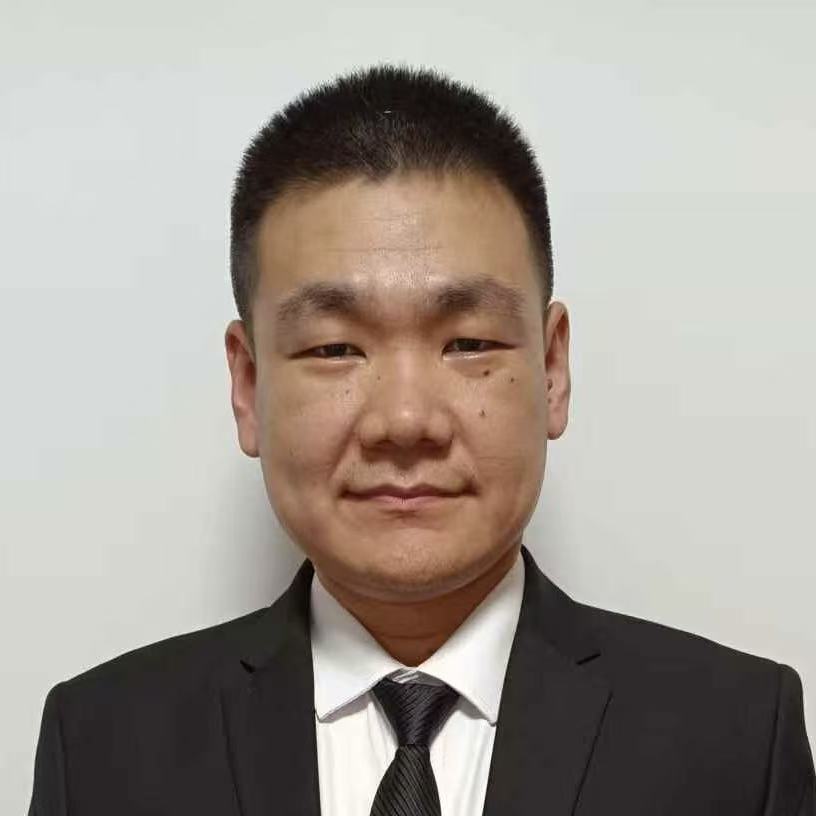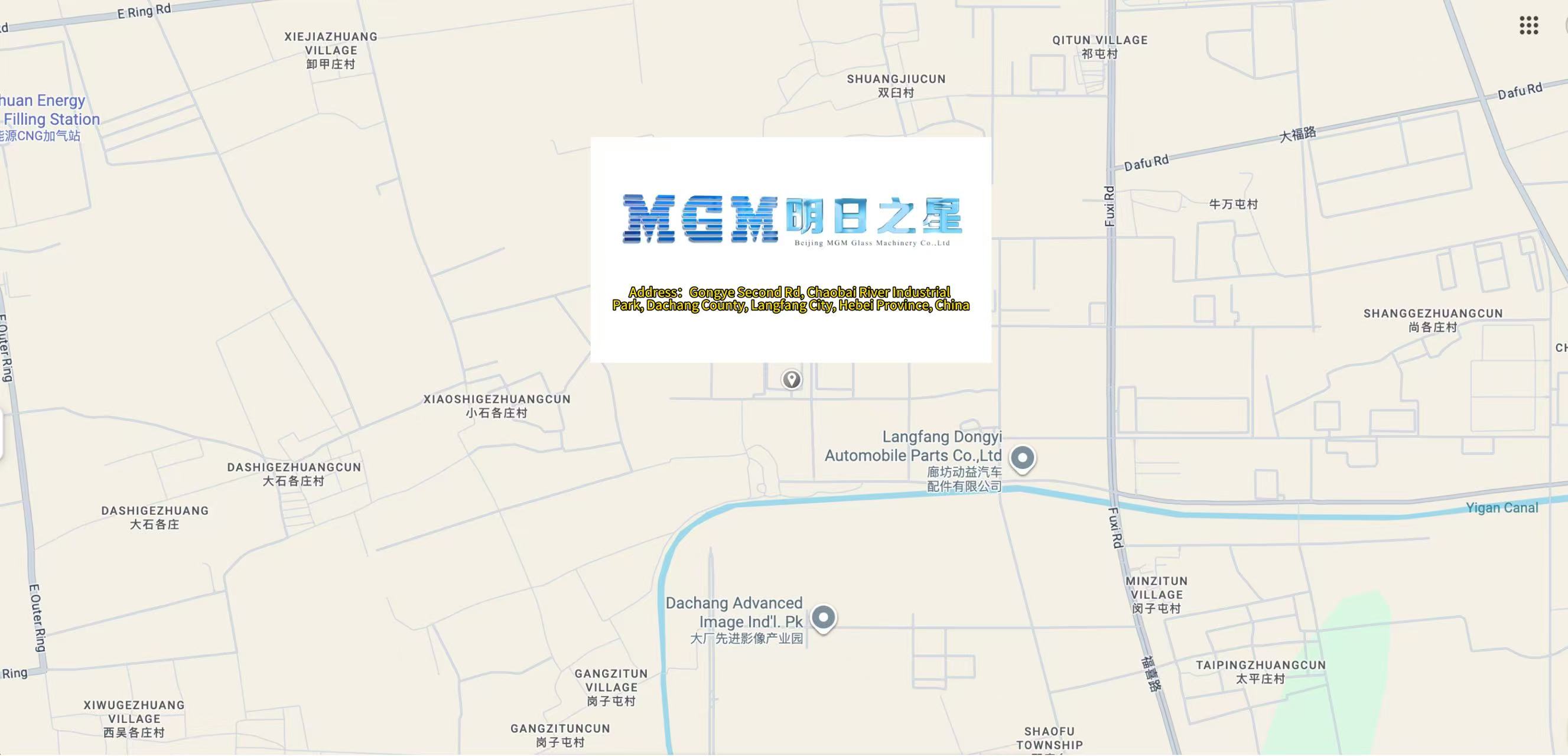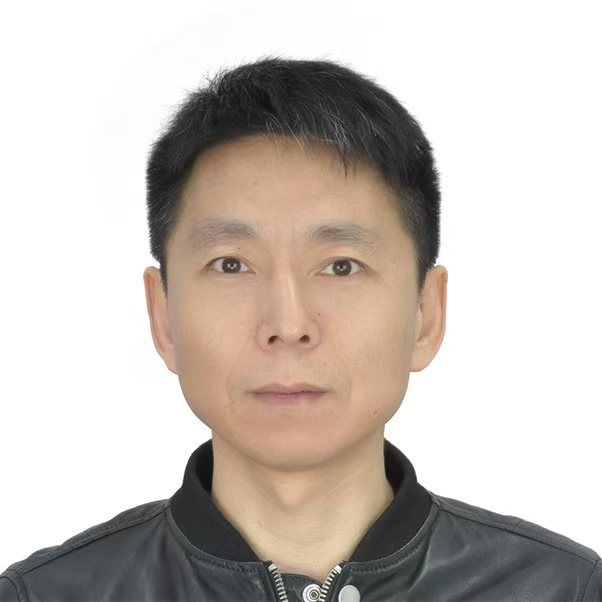
Home >Service
Consistently striving on the path of reform and innovation

Tel:+86 13810695849
E-mail:simonwang@bjmgm.com.cn
Fax:0086-316-7783161


Tel:+1 6479861059
E-mail:sarah-dandan@bjmgmglass.com
Fax:0086-316-7783161


Tel:+86 17278289139
E-mail:panpan.gu@bjmgmglass.com
Fax:0086-316-7783161


Tel:+86 18618415113
E-mail:james.liu@bjmgmglass.com
Fax:0086-316-7783161

consistently striving on the path of reform and innovation


Tel:+1 6479861059
E-mail:sarah-dandan@bjmgmglass.com
fax:0086-316-7783161


Tel:+86 13810695849
E-mail:simonwang@bjmgm.com.cn
fax:0086-316-7783161

Consistently striving on the path of reform and innovation
Consistently striving on the path of reform and innovation